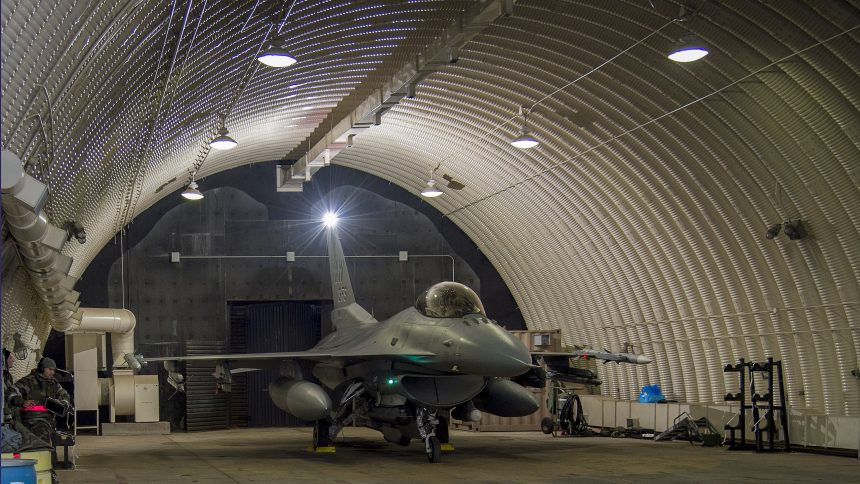Ukraine is preparing a set of measures to protect the F-16 fighters when they arrive at Ukrainian airfields, including underground bunkers and dispersal.
During a national TV broadcast, Ilia Yevlash, Ukrainian Air Force spokeperson, outlined some of the strategic measures the service is considering to safeguard its F-16s.
“F-16s are capable of carrying nuclear weapons, and we will also need to consider this when planning our combat operations,” Putin stated last month, when he threatened to attack bases (also those outside Ukraine) possibly used to launch Ukrainian Air Force’s F-16s.
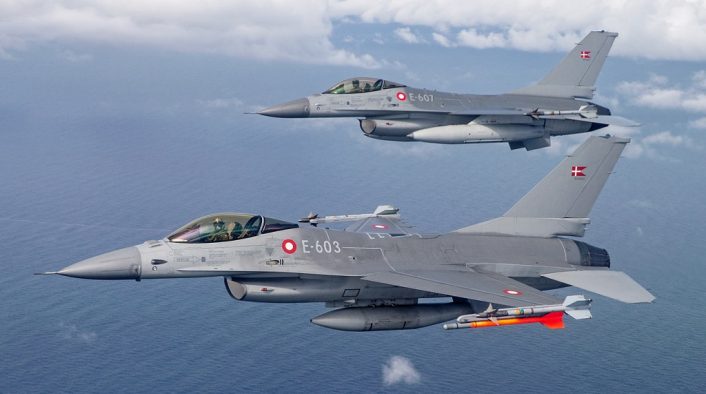
For this reason, Ukraine is considering some countermeasures.
“These are substantial resources; we’re discussing underground storage facilities, bunkers. Therefore, we’re currently devising methods to determine their optimal placement,” Yevlash elaborated.
The strategy being developed by the Ukrainian Air Force involves the use of underground bunkers and dispersal of the aircraft across various airstrips, making it challenging for Russian forces to target the F-16s.
Russian weapons
Russia can launch attacks on Ukrainian airbases hosting the F-16s using a wide array of weapons, including:
- ballistic missiles;
- cruise missiles like the Kalibr, Kh-101 and Kh-555
- the Kh-47M2 Kinzhal aero-ballistic hypersonic missiles launched by MiG-31K
- kamikaze drones like the famous Shahed 136
- loitering munitions like the Lancet
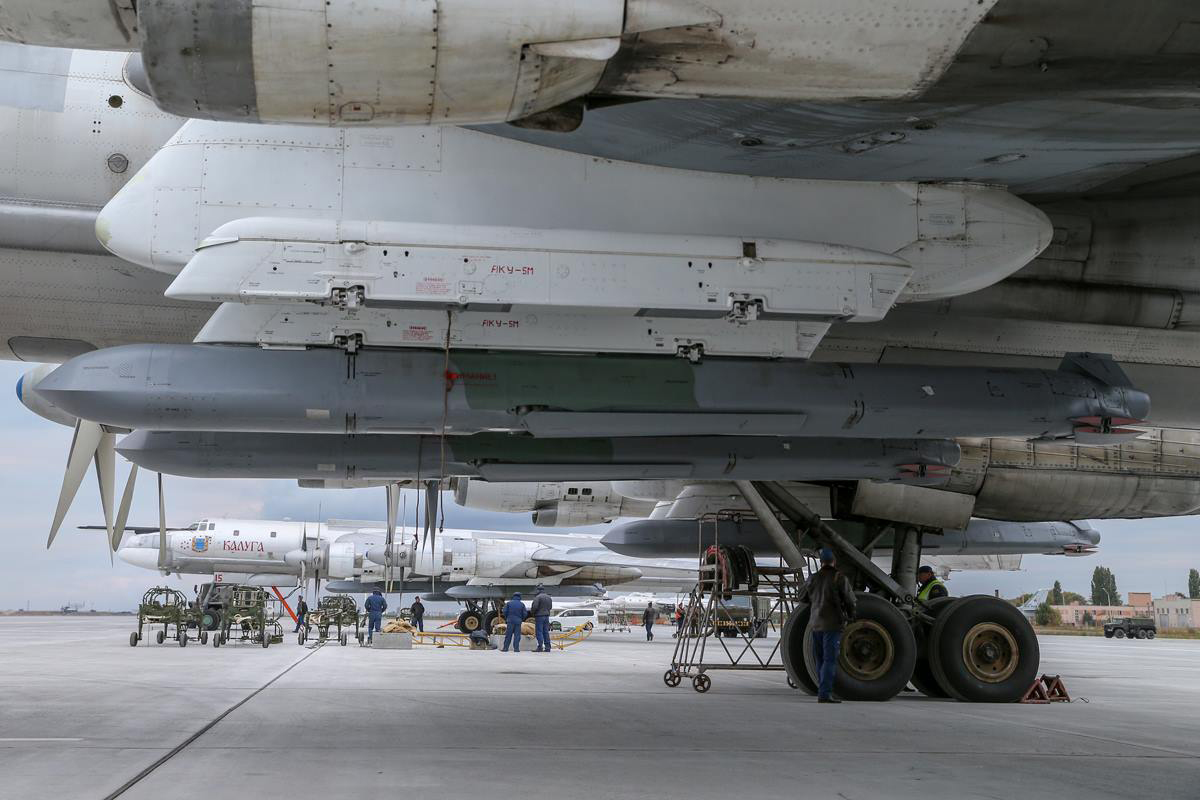
Shelters and dispersal areas
All the Western airbases that were built or re-structured during the Cold War have dispersal areas for tactical jets as well as hardened aircraft shelters (HAS) to protect them from air strikes. The layout of those airbases is such that shelters are scattered, making it more difficult for attack aircraft to strike each one of them. A network of taxiways connects the recovery shelters with the runways.
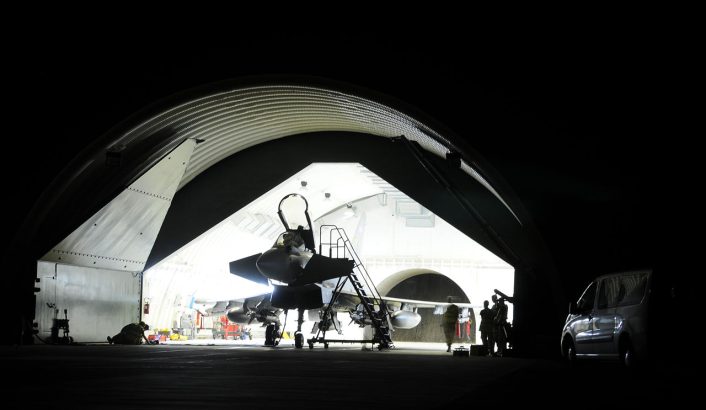
HAS are usually ground-based although, depending on the orographic characteristics of the nearby terrain, there are some built inside mountains (as in Switzerland), where aircraft are constantly parked when they are not flying.
A great example of underground base is Željava Air Base, also known as Bihać Air Base. Located near the town of Bihać, on the border between Croatia and Bosnia and Herzegovina, Željava Air Base was one of the largest and most complex military installations in Europe during the Cold War era.
The construction of Željava Air Base began in the early 1960s under the Socialist Federal Republic of Yugoslavia. The base was strategically built into the side of Plješevica Mountain and designed to withstand a direct hit from a 20-kiloton nuclear bomb. The entire complex was heavily fortified and intended to serve as a secure hub for Yugoslav People’s Army (JNA) aircraft operations.
Željava featured a network of underground tunnels, hangars, barracks, fuel and ammunition depots, and other essential facilities. The underground hangars housed a variety of military aircraft, including fighter jets and bombers, providing protection against aerial attacks. The tunnels within the complex were reinforced with concrete and designed to shield personnel and equipment from conventional and nuclear threats.
Considering that underground facilities, including shelters and bunkers, are commonly used to protect aircraft, personnel, and equipment from enemy attacks, we can’t rule out that Ukraine has developed underground facilities too. However, at the moment, we do not have specific information regarding the presence of underground airbases in Ukraine (nor are these built overnight…), hence, the most likely option appears that F-16s will be recovered inside concrete shelters at Ukrainian air bases.
Austere airfield operations
The Ukrainian Air Force has long been conducting operations from austere airfields from highway strips and improvised airfields as part of its strategy to enhance operational flexibility and resilience amid ongoing conflict.
Highway strips and improvised airfields offer alternative operating locations that are less vulnerable to detection and destruction by adversary forces. Ukrainian pilots are being trained to use these unconventional airstrips effectively for some years now to build up the skills required to take off and land on shorter runways and navigate the challenges posed by non-standard facilities.
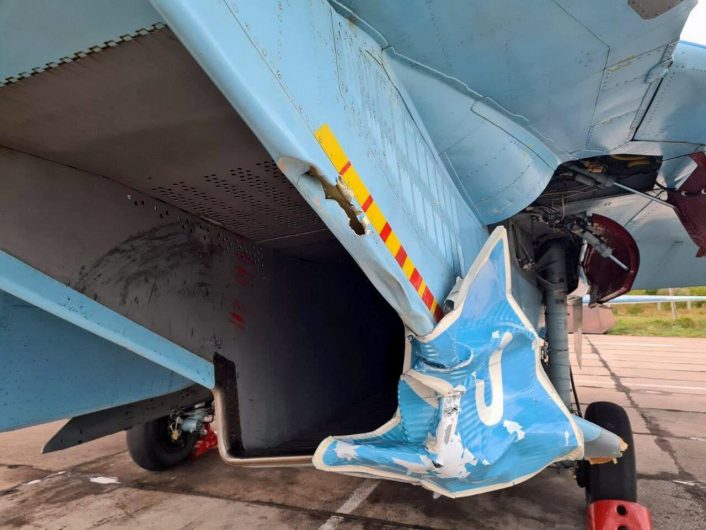
So far, highway operations have involved Ukrainian aircraft that were designed to operate from austere airfields or have a small logistical footprint, like the Su-25 or the Su-27. While F-16s can theoretically operate from improvised airfields, including highway strips or other unprepared surfaces, there are certain things consider, like the surface condition.
- Surface: the landing strip must be firm and sufficiently flat to support the weight of the aircraft during takeoff and landing. The F-16 requires a solid surface to prevent damage to its landing gear and other components. Moreover the surface needs to be clean, as the F-16 is prone to FOD because of the large ventral air intake.
- Length: the length of the improvised runway must be adequate for the F-16’s takeoff and landing requirements. While the F-16 can operate from relatively short runways compared to larger aircraft, sufficient length is still necessary for safe operations, especially when the aircraft carries significant payload (weapons, fuel tanks, pods, etc)
- Infrastructure: basic facilities such as refueling equipment, communications, and essential ground support may be required to ensure effective operations from improvised airfields.
When is Ukraine receiving the F-16?
Following the U.S. approval last autumn, several countries, including the Netherlands, Denmark, and Romania, have joined efforts to train Ukrainian F-16 pilots ahead of the delivery of the first aircraft. Presently, Ukrainian pilots with different background are undergoing training in Denmark, Britain, and the U.S., with plans to achieve an initial capability by this summer.
On March 1, 2024, the former spokesperson of the Air Force Command announced that Ukrainian pilots were actively engaged in practicing tactical maneuvers and targeting air and ground objectives while training on F-16 fighter aircraft.
Later, on Mar. 18, Romania agreed to provide training for 50 Ukrainian pilots on F-16 fighter jets at the European F-16 Training Centre (EFTC) at Baza 86 Aeriana Fetesti established to train Romanian and Ukrainian pilots, as well as other regional F-16 operators, with more than a dozen RNLAF (Royal Netherlands Air Force) F-16s, which remain property of the Dutch government, available for this purpose.
On March 29, the Belgian government approved the allocation of approximately 100 million euros to Ukraine under the “aviation coalition” initiative. These funds are specifically designated for the maintenance and support of Ukraine’s F-16 fighters, contributing to the operational readiness and sustainability of Ukraine’s air force.
Furthermore, the Belgian government has decided to accelerate the supply of its own F-16 fighter jets to Ukraine and make it happen by the end of 2024.
The first F-16s may start operating in Ukraine as early as June or July 2024.

